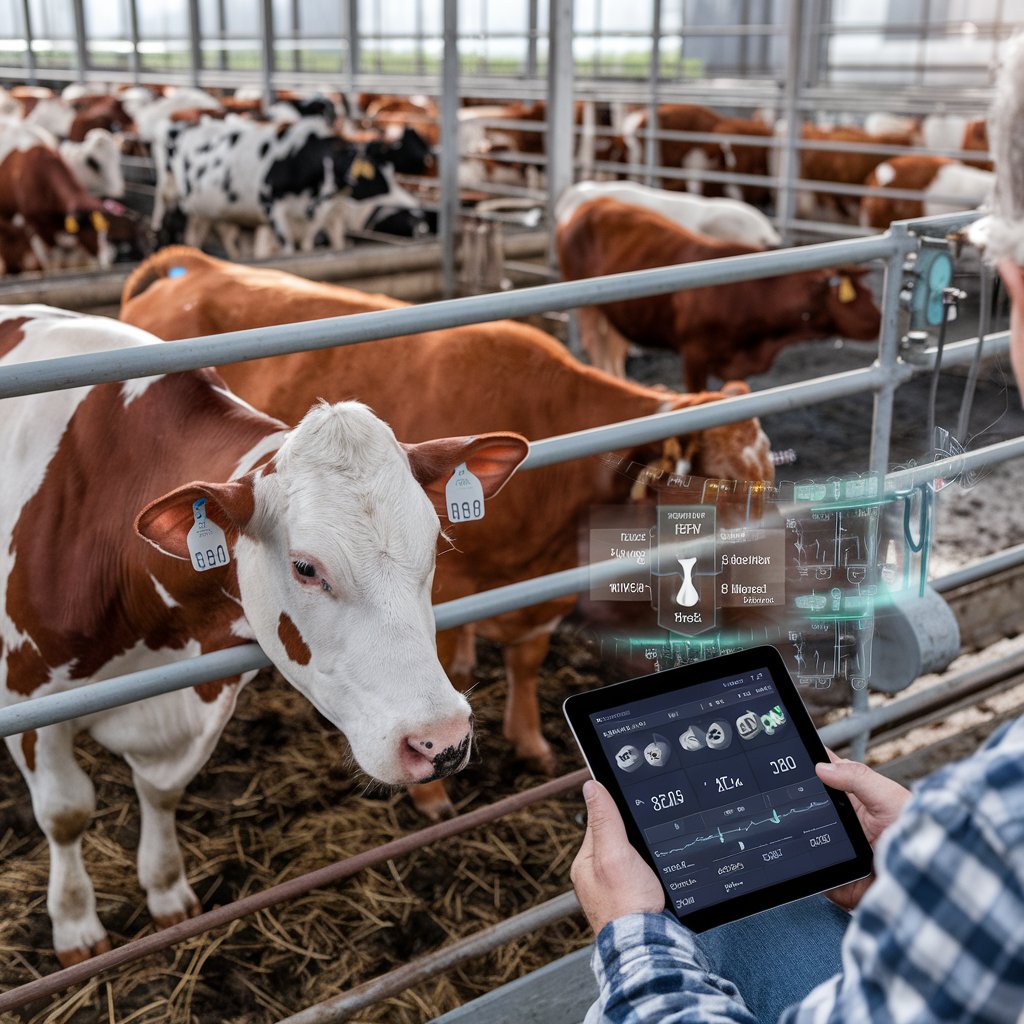The livestock monitoring market size is projected to reach USD 2.57 billion by 2031 from USD 1.65 billion in 2025 at a CAGR of 7.7% during the forecast period. The major drivers for the growth of the market are rising global meat and dairy consumption, increasing focus on real-time monitoring and early disease detection, growing focus on reproductive monitoring and breeding optimization, rising demand for organic and sustainable livestock farming practices, integration of AI, IoT, and blockchain technologies in the monitoring systems, and increasing use of smart wearables for livestock.
Download PDF Brochure @ https://www.marketsandmarkets.com/pdfdownloadNew.asp?id=72634532

These growing demands for the livestock monitoring solution and services are triggered by the increase in the necessity of milk harvesting management, heat detection monitoring, feeding management, heat stress management, health monitoring, and sorting and weighing management. Moreover, RFID and IoT have been widely employed in tracking an animal’s location, behavior, and health parameters that help prevent diseases at earlier stages and implement adequate herd management. This is further supported by the growing demand from consumers for quality meat and dairy products and government initiatives toward sustainable farming. Livestock monitoring solutions optimize breeding, grazing, and operational efficiency. There are potential challenges, such as high upfront costs for initiating the project, rural locations having limited technical expertise, and data security. Advances in sensor technology, wireless communication, and edge computing are now solving these issues to make it possible to deliver affordable and scalable solutions. Such innovations are turning livestock monitoring into a data-driven approach, thus enhancing animal welfare and operational sustainability.
The hardware segment is expected to dominate the market during the forecast period. This growth is driven by the adoption of high-end technologies aimed at enhancing management and increasing the productivity of the livestock. Such hardware components like smart tags, sensors, cameras, GPS systems, and other specialty equipment play an important role in the real-time monitoring of health and behavior conditions of animals. These smart tags, which could be ear tags, leg tags, neck tags, or boluses, use RFID or sensor technology to enable immediate tracking. This gives precious information about the whereabouts and health of animals at any given time. With sensors like temperature sensors, accelerometers, motion sensors, and humidity sensors, farmers can evaluate critical health signs, thus making it possible to detect diseases at an early stage and cutting down veterinary costs. Enhancements in monitoring with the use of GPS systems and cameras provide both location tracking as well as visual surveillance. This results in better management of operations by enhancing efficiency further. Automated machines, such as weighing machines and sorting gates, reduce tedium and facilitate work, with improved productivity as well as minimizing labor. Increased demand for a more efficient solution, data-based, allows owners of livestock to optimize their work, improve the welfare of animals, and increase profits.
The large farms segment in the livestock monitoring market is expected to account for the largest market share during the estimated period. Increased adoption of advanced livestock monitoring solutions in large-sized agricultural operations is the principal reason for its growth. Large farms and other agricultural holdings are increasingly depending on technology-driven solutions to improve productivity and ensure animal health while optimizing their resource management systems. The integrations with IoT-based devices, wearables, and real-time monitoring systems do provide the infrastructure for tracing the conditions and behavior of animals as well as their location and thus help in reducing the labor costs while improving its decision-making abilities. Major push factors for the uptake of livestock monitoring technologies by large-scale farms include the ever-growing needs to manage and control data on large herds, optimize feed, and monitor breeding cycles. Additionally, there is rapid global demand for meat and dairy products and, therefore, the need for sustainable animal management systems that translate into higher quality outputs. Advances in sensors, wireless connectivity, and data analytics are also making livestock monitoring systems more accessible, efficient, and cost-effective for big farm operations. With factors such as growing concern for sustainable agriculture, this large farm segment of the livestock monitoring market is likely to experience growth.
The major companies in the livestock monitoring market are Merck & Co., Inc. (US), GEA Group (Germany), DeLaval (Sweden), Nedap N.V. (Netherlands), Afimilk Ltd. (Israel), Datamars (Switzerland), BouMatic (US), ENGS Systems (Israel), CowManager (Netherlands), and Dairymaster (Ireland). Major players in this market focus both on organic as well as on inorganic strategies, such as product launches, expansions, acquisitions, partnerships, collaborations, agreements, and investments, to develop their footprint all over the globe and increase their market share in the livestock monitoring market.
